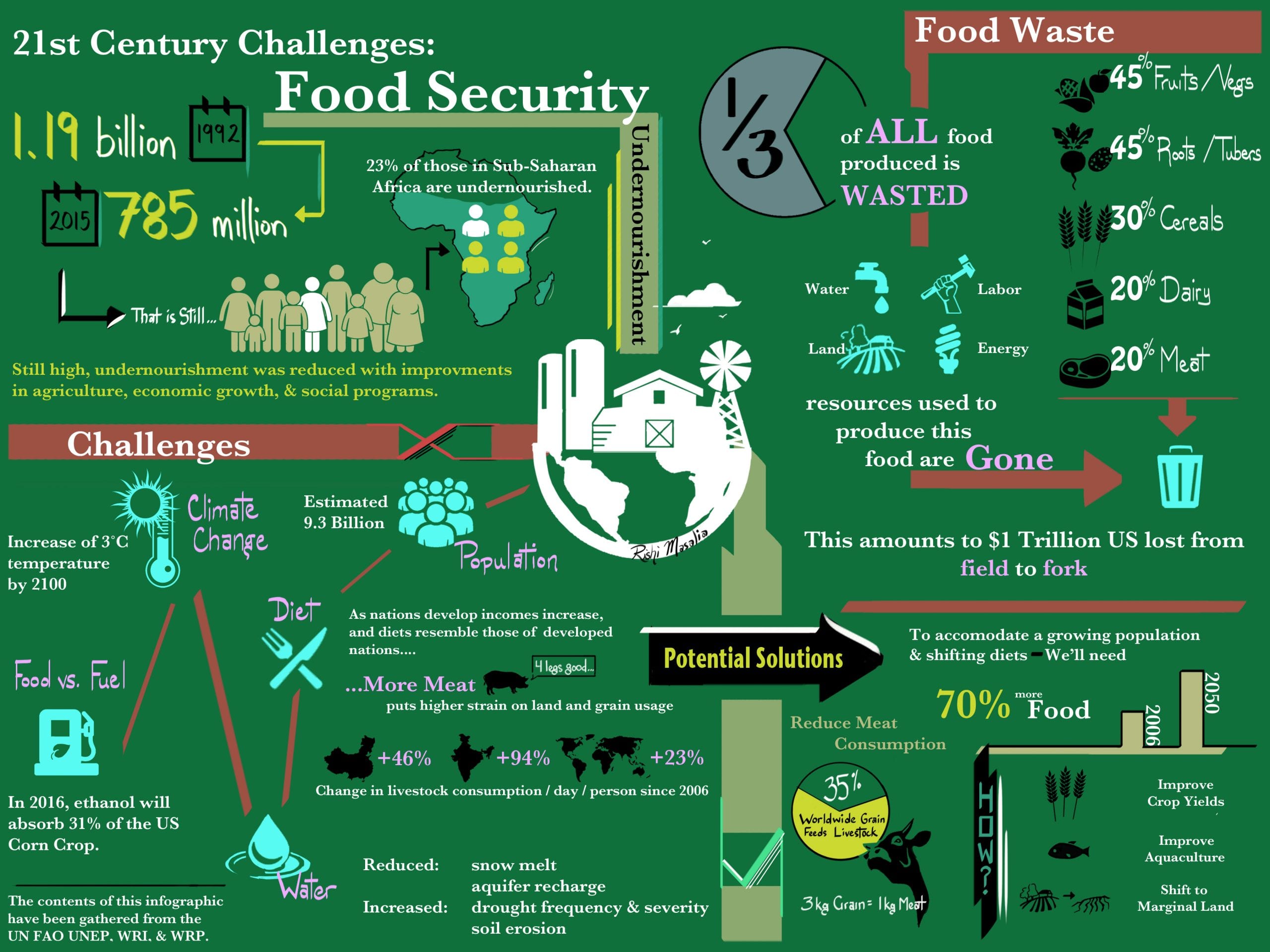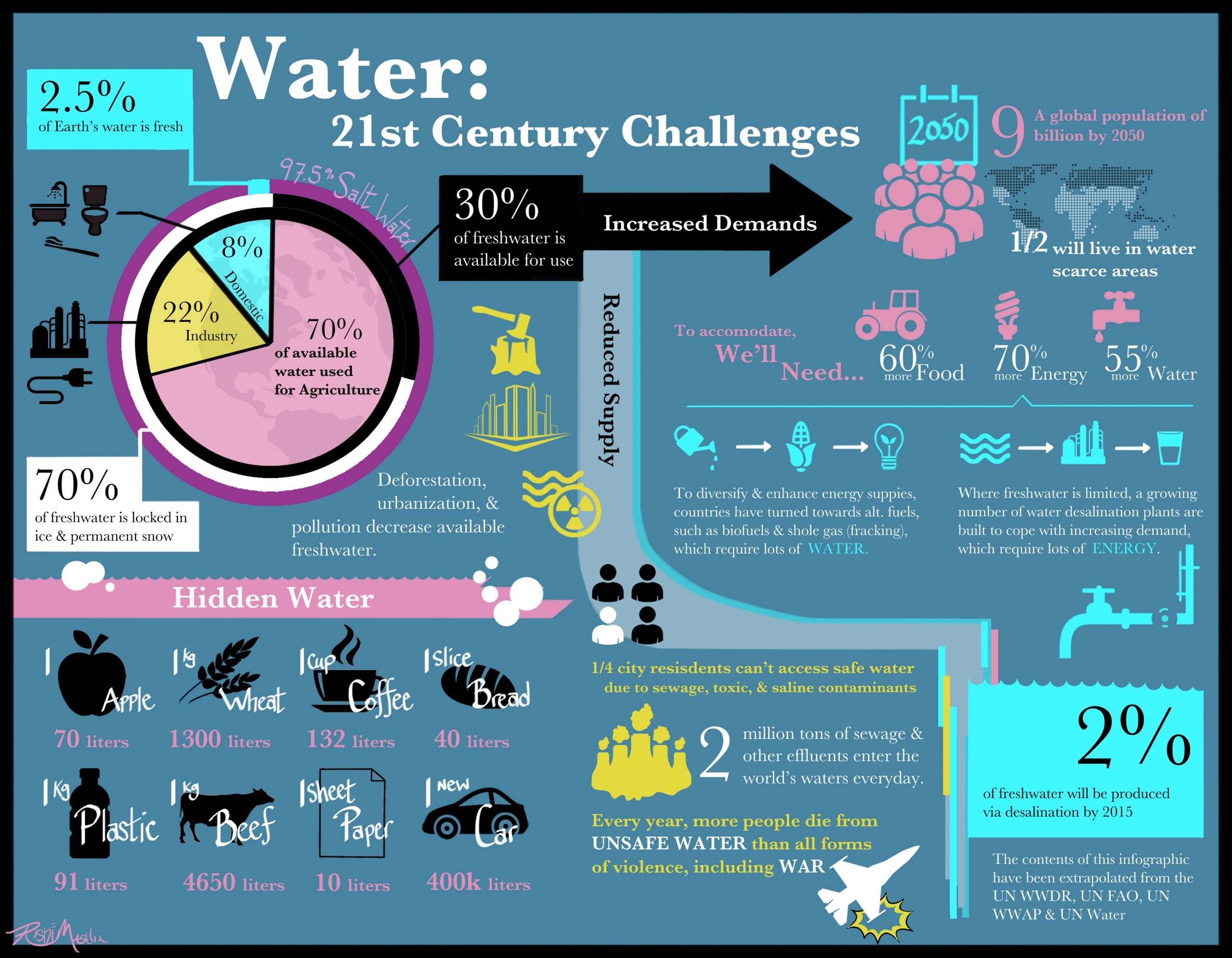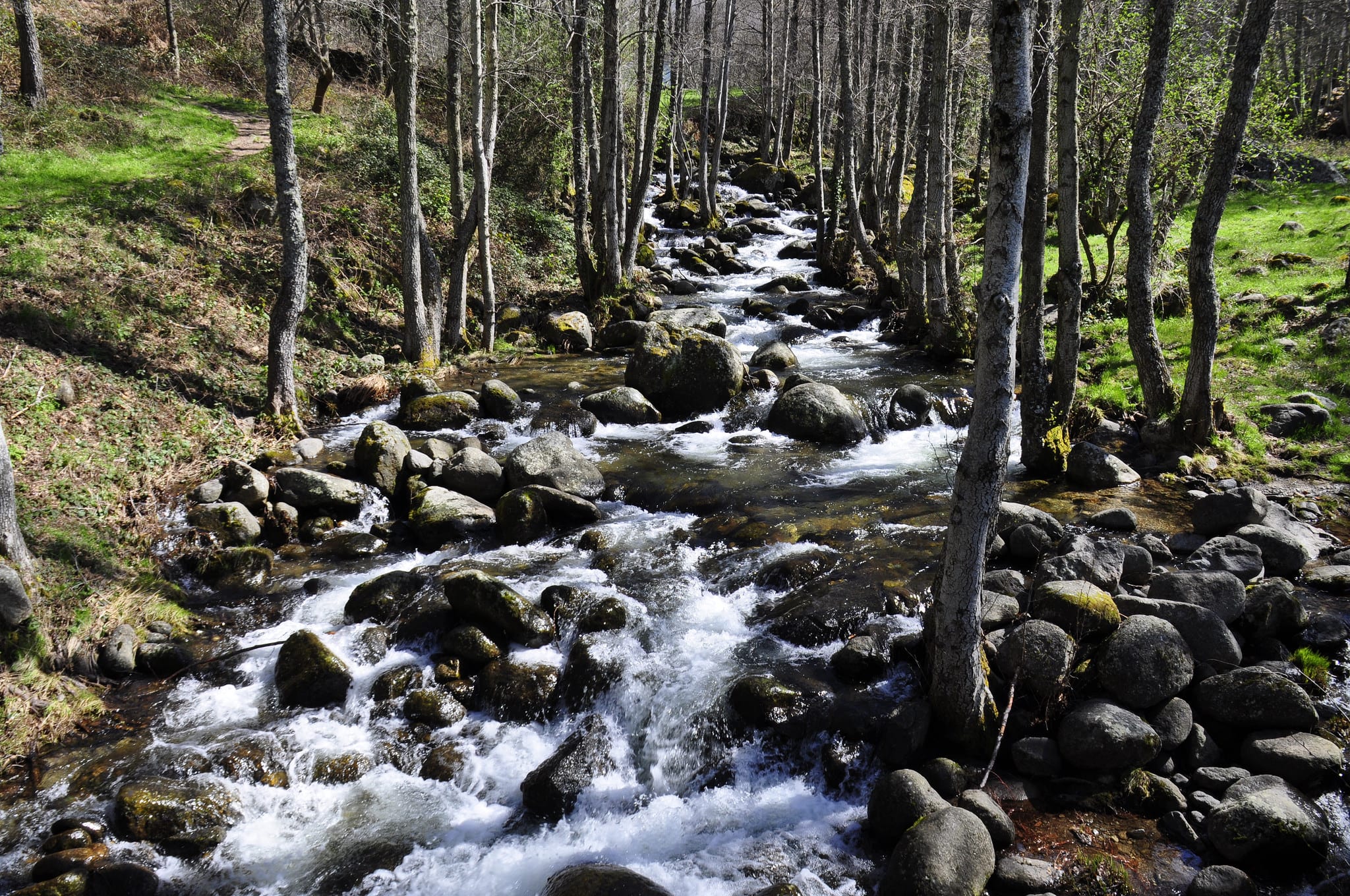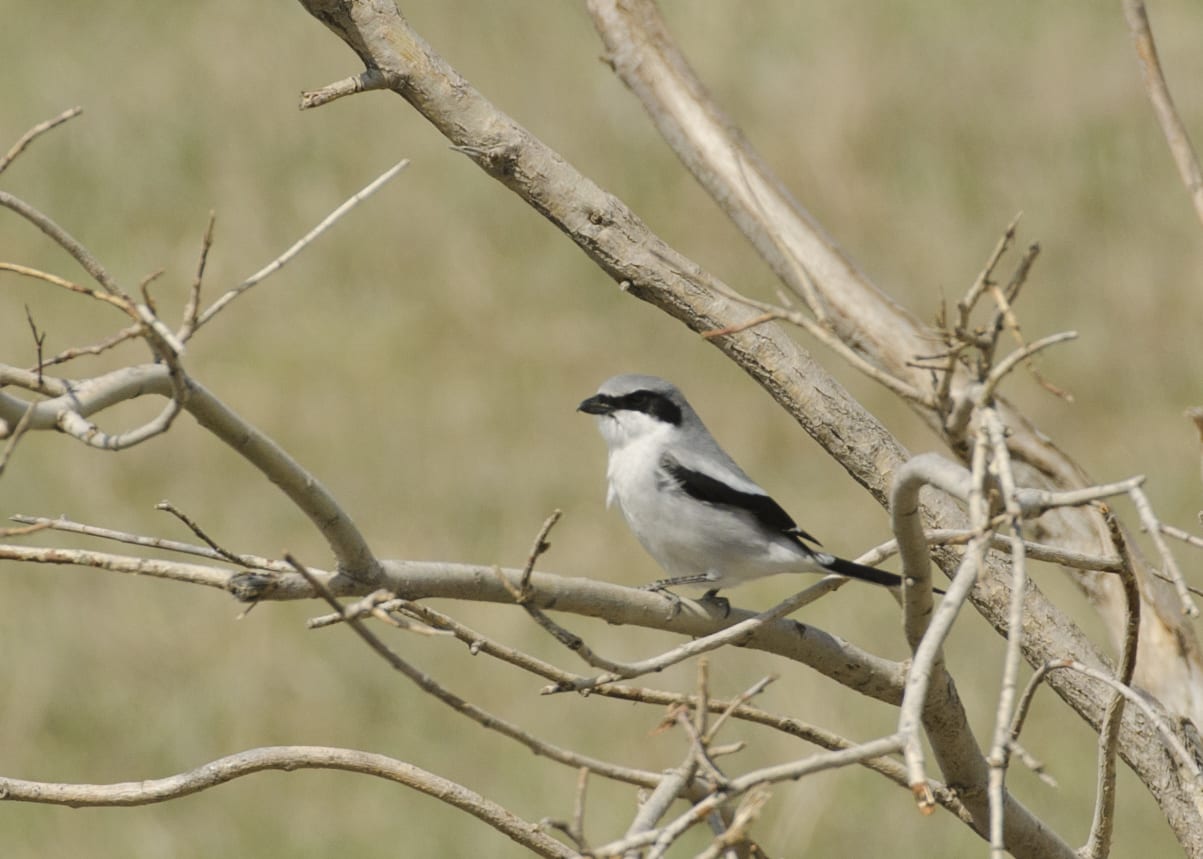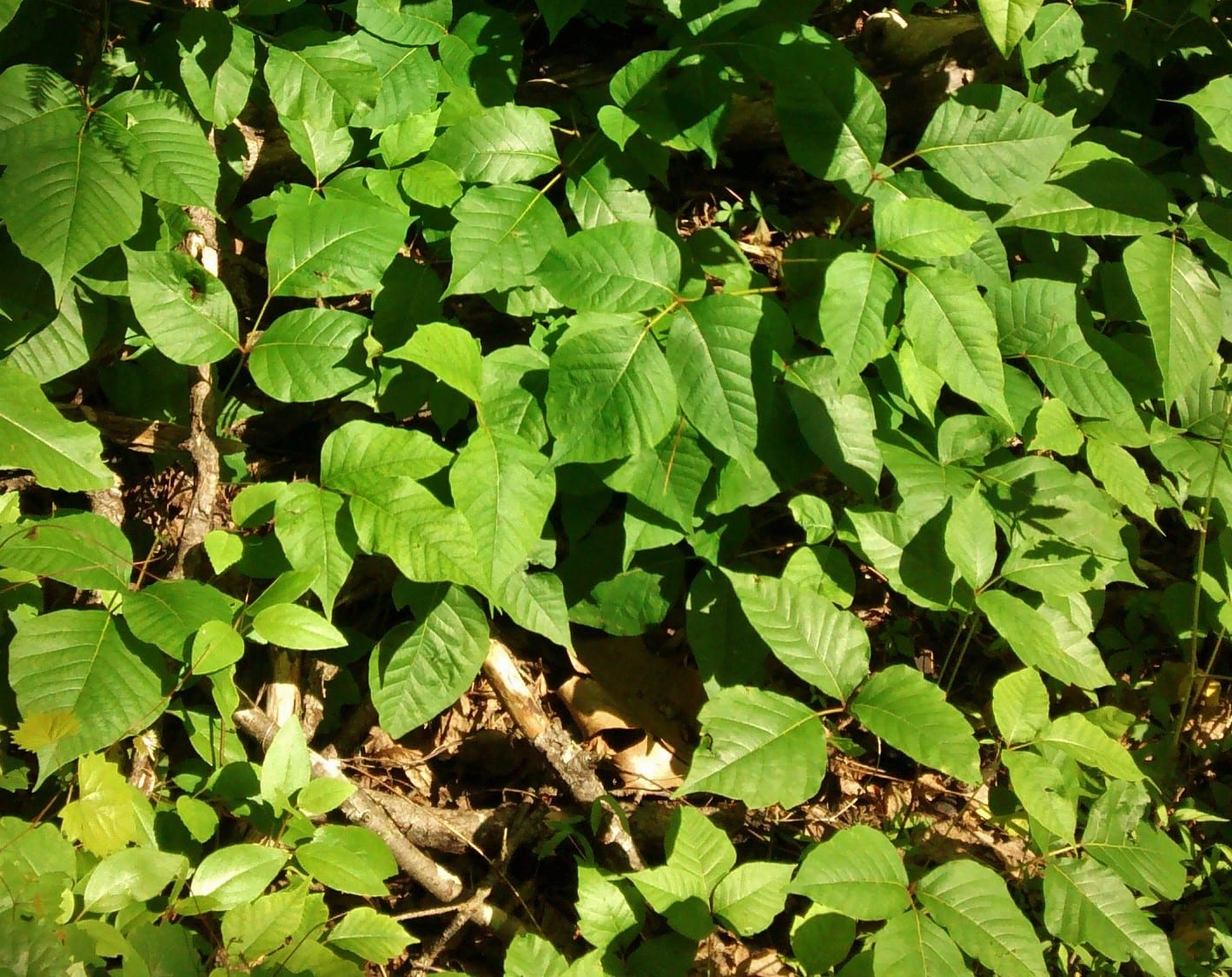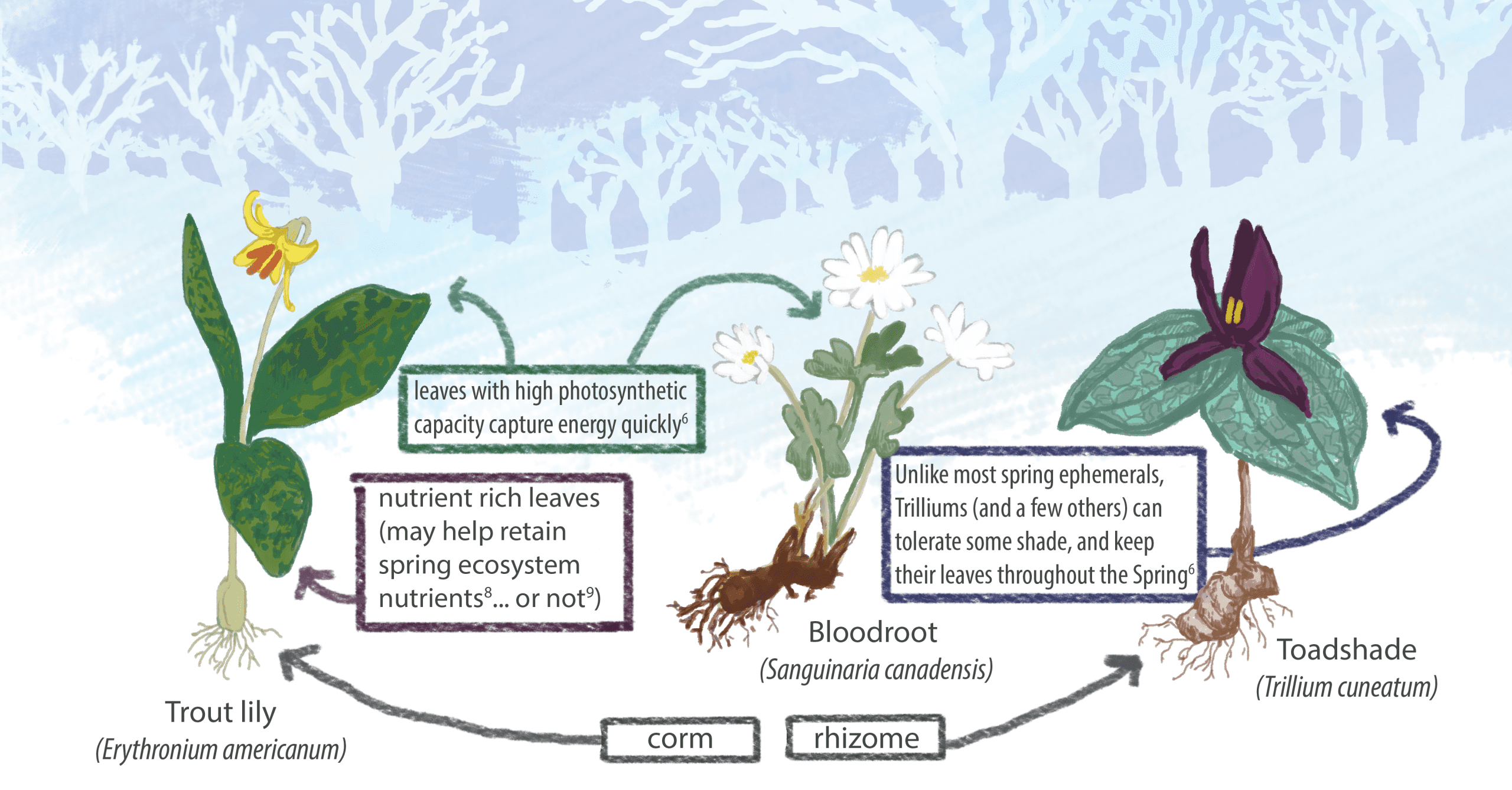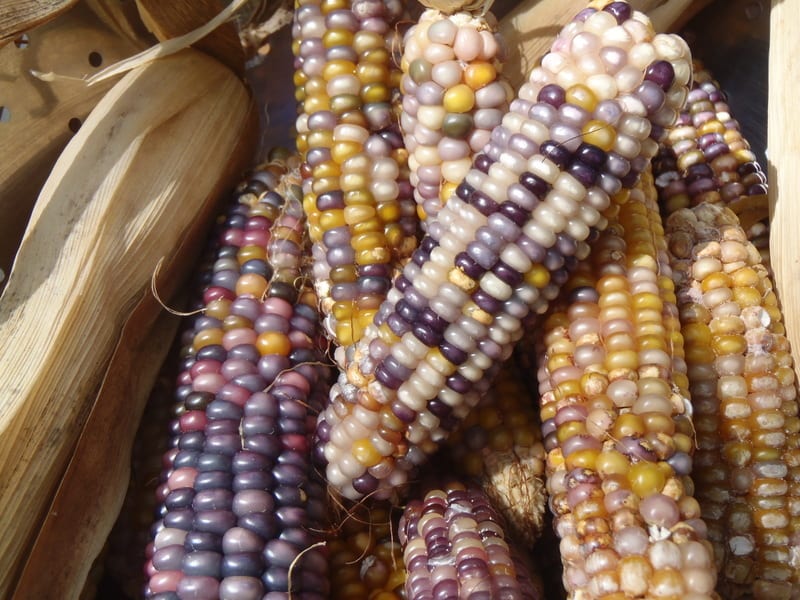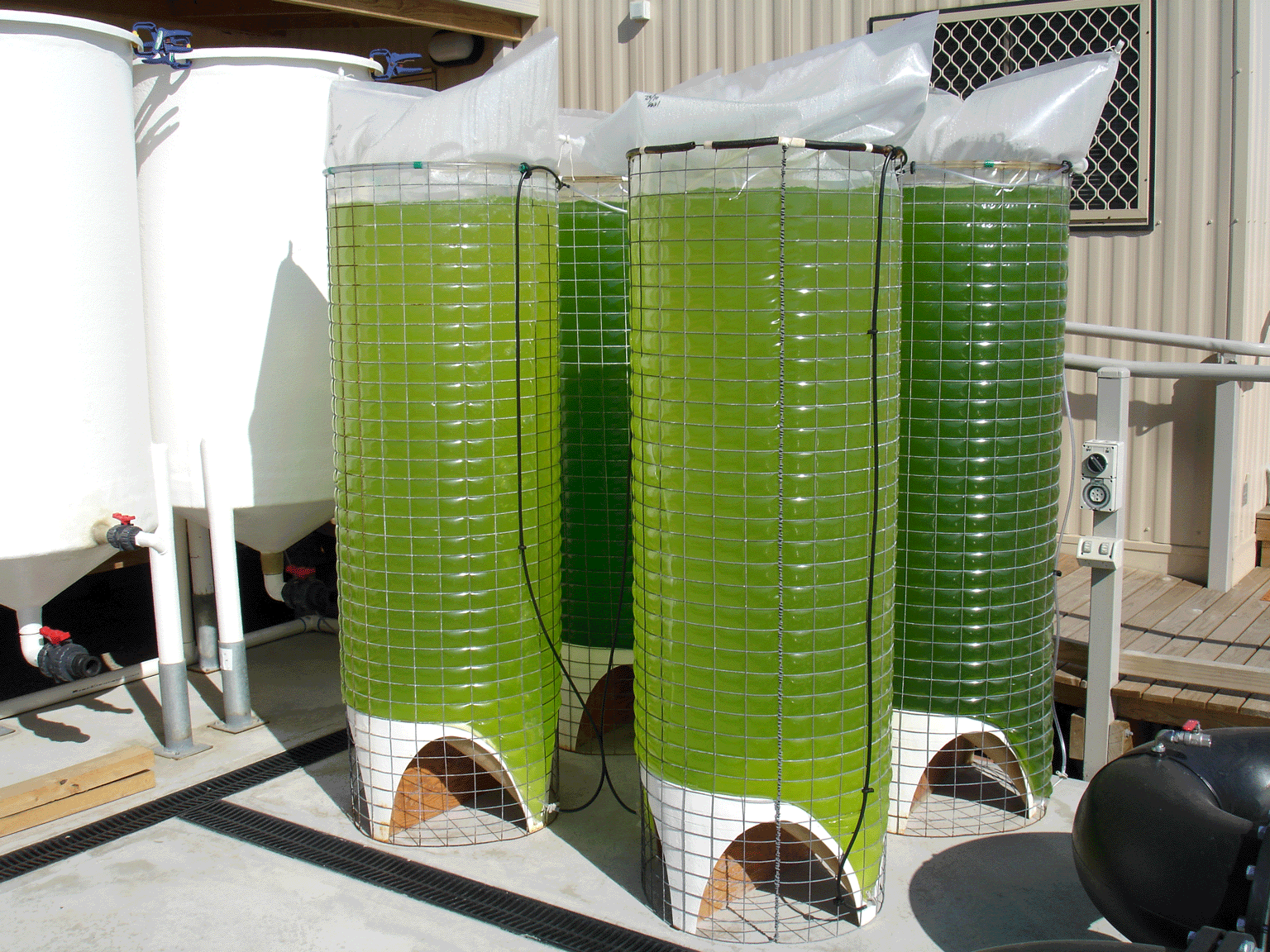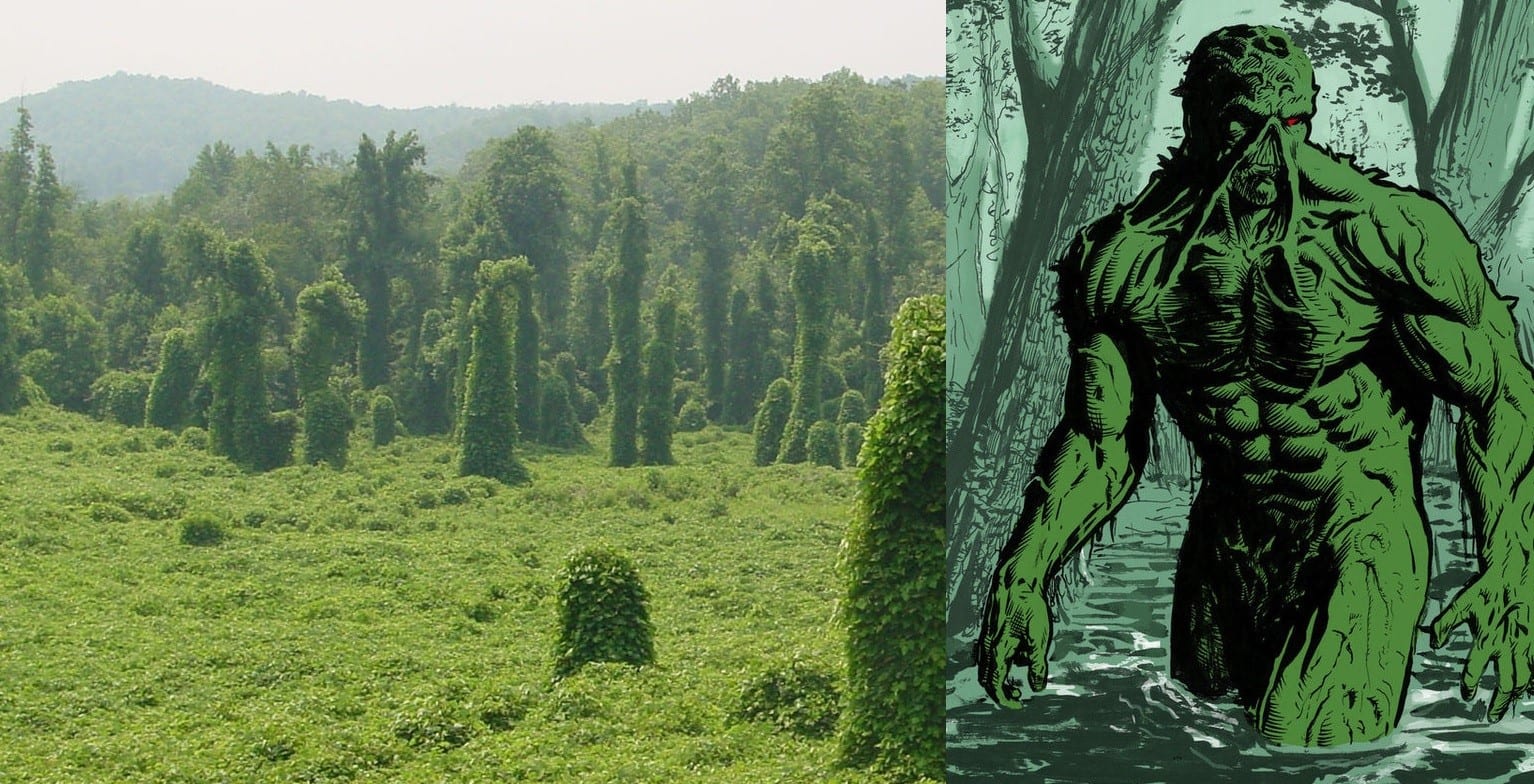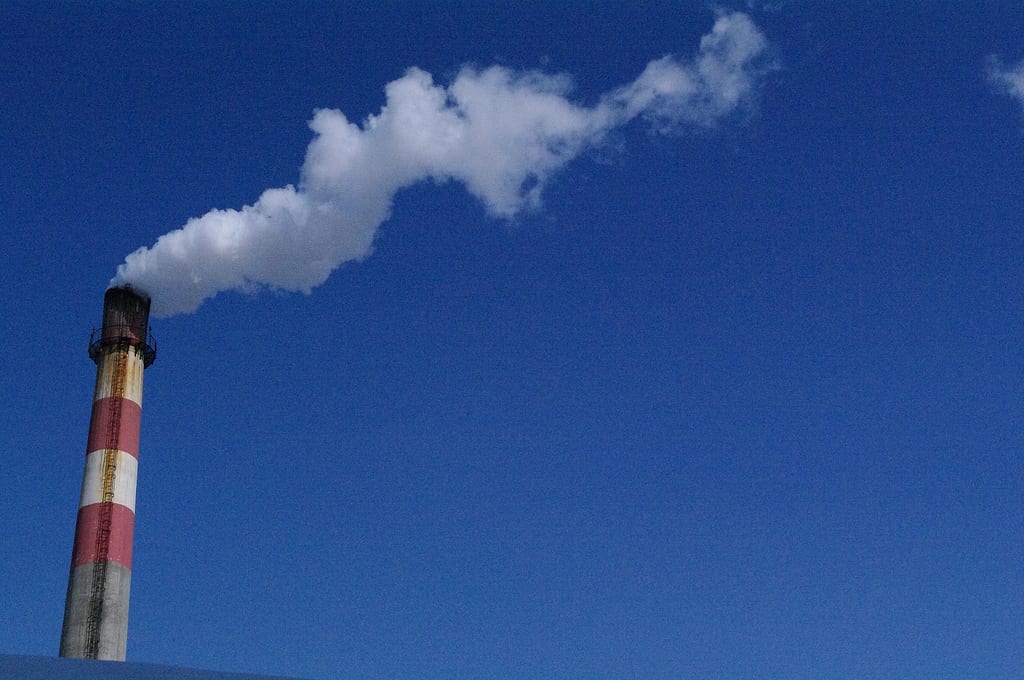
From lead to climate change: a long tradition of denialism
Despite the overwhelming scientific evidence (see previous ASO blogs on the subject, like the ones found here and here), climate change is still regularly denied by a rather large proportion of the U.S. population. Much of this denial may be traced back to certain groups and interests that benefit from the government and other players

